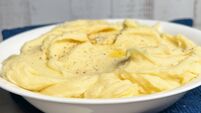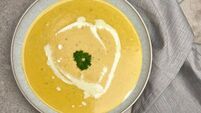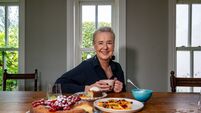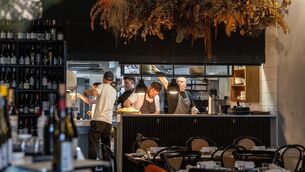Darina Allen: Enjoying an abundance of new-season produce
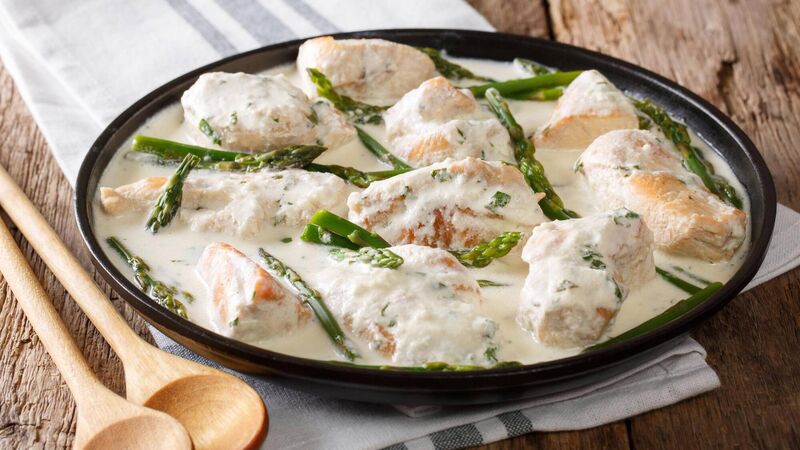
Pic: iStock
How glorious is this time of the year? I seem to spend much of my time giving thanks for the blessing and joy of the new season’s produce. The thrill of being able to cut asparagus spears directly from the bed and pop them into a pot of salted water within minutes of picking. Add a drizzle of melted butter or a blob of three-minute Hollandaise sauce, and a sublime feast.
And then there are the fresh peas swelling in the pods and the joy of watching the grandchildren racing along the row tweaking the fattest ones off the vine. The endless excitement as they learn how to get the sweet, juicy peas out of the pods, rather than out of a plastic bag in the freezer and enjoy them raw.





